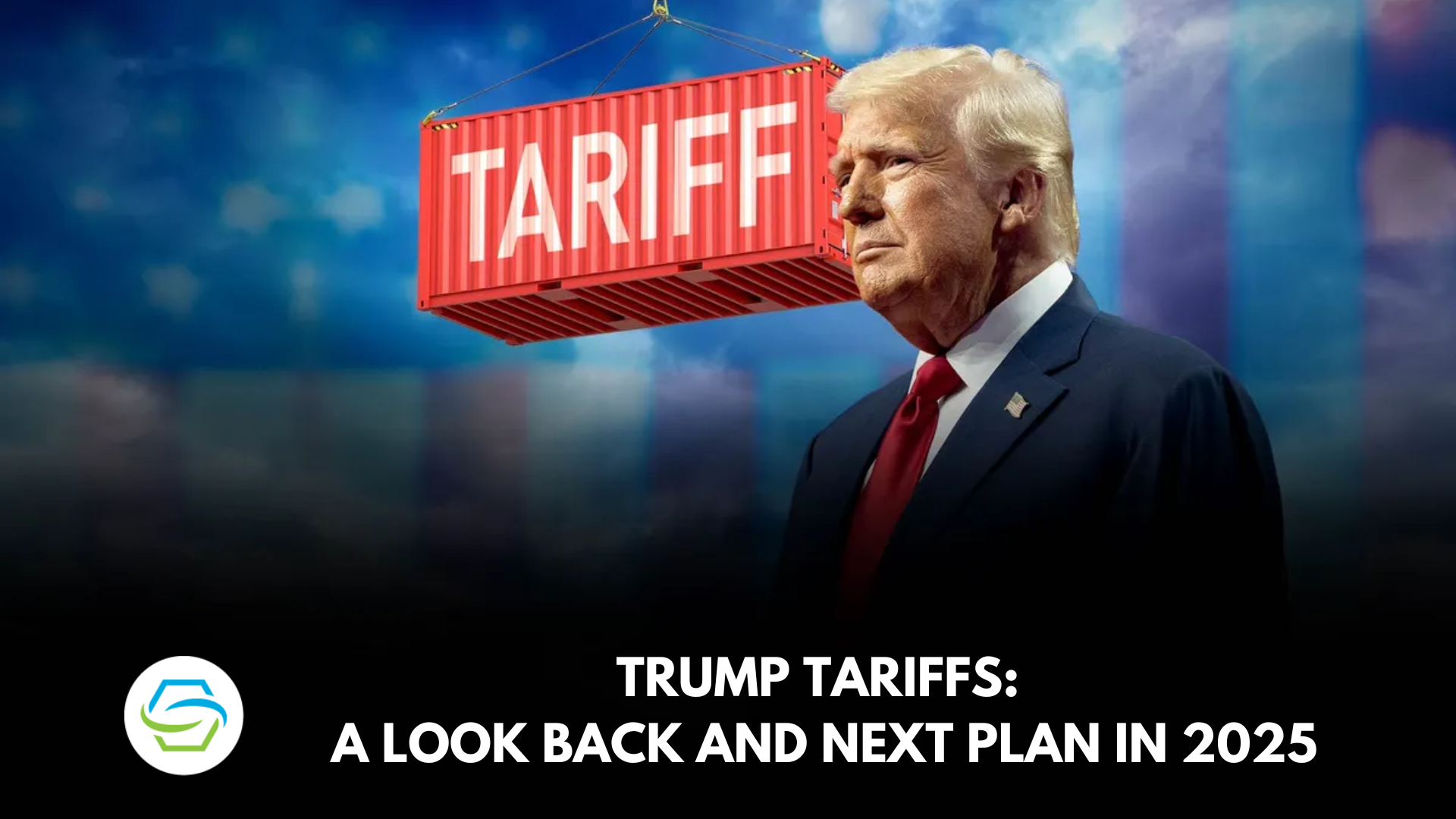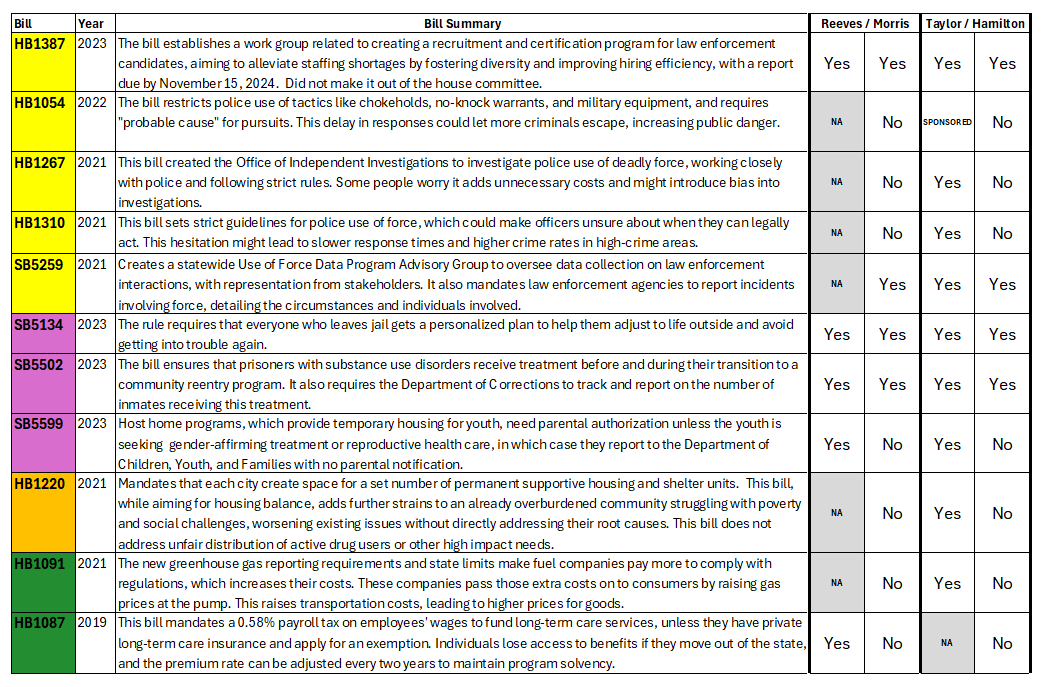Potential Tariffs On Aircraft And Engines: Examining Trump's Trade Policy

Table of Contents
The Rationale Behind the Proposed Aircraft and Engine Tariffs
The US government justified its imposition of tariffs on aircraft and engines, primarily targeting Airbus, by citing unfair subsidies provided by the European Union. This long-running dispute, settled in part by the World Trade Organization (WTO), led to retaliatory measures from both sides. The WTO ruling allowed for the US to impose tariffs, but the justification was complex and involved years of legal wrangling.
- Alleged Airbus Subsidies: The US argued that substantial government subsidies given to Airbus created an uneven playing field, allowing them to unfairly undercut Boeing in the global marketplace. This directly impacted Boeing's competitiveness and market share.
- WTO Dispute and Retaliation: The WTO ultimately ruled in favor of the US, finding that the EU had provided illegal subsidies to Airbus. However, this ruling also triggered retaliatory tariffs from the EU on US goods. This tit-for-tat response escalated the trade war.
- National Security Argument: While the primary argument centered on unfair competition, the US also invoked national security concerns, claiming that a strong domestic aerospace industry was vital for national defense. This broadened the scope of the debate beyond purely economic considerations.
- Boeing vs. Airbus Competition: The tariff dispute significantly impacted the competitive landscape between Boeing and Airbus, two of the world's largest aircraft manufacturers. The tariffs added complexities to their already intense competition, influencing contracts and market share.
Economic Consequences of Aircraft and Engine Tariffs
The economic ramifications of these tariffs were far-reaching and impacted various stakeholders. The consequences extend beyond the immediate participants, with ripple effects across the global economy.
- Price Increases: Tariffs inevitably led to increased prices for aircraft and, consequently, airline tickets. Consumers bore the brunt of these increased costs, making air travel more expensive.
- Reduced Competition and Innovation: The tariffs stifled competition, potentially hindering innovation within the aviation industry. A less competitive market can lead to reduced quality and fewer choices for consumers.
- Job Losses: The trade dispute threatened job losses not only in the aircraft manufacturing sector but also in related industries, such as parts suppliers and maintenance companies, creating economic uncertainty.
- Supply Chain Disruptions: The tariffs caused supply chain disruptions, impacting the timely delivery of aircraft and parts, and causing further economic instability. Global supply chains are intricate, and these disruptions rippled across industries.
- Inflationary Pressures: The price increases caused by tariffs contributed to inflationary pressures, affecting not just the aviation sector but also the broader economy. Increased costs of production for airlines and manufacturers are inevitably passed on to the consumer.
Geopolitical Implications of the Trade Dispute
The aircraft and engine tariff dispute significantly strained US-EU relations and had broader implications for global trade and international cooperation.
- Damaged US-EU Relations: The trade war damaged the already strained relationship between the US and the EU, creating mistrust and hindering collaborations on other fronts.
- Global Trade and International Cooperation: The dispute undermined the principles of free trade and international cooperation, setting a worrying precedent for future trade disputes. This protectionist approach was seen by many as destabilizing the global trading system.
- Retaliatory Tariffs: The EU, and other countries, retaliated with their own tariffs, escalating the conflict and further harming global trade. This tit-for-tat response created a global climate of uncertainty.
- Global Aviation Industry Stability: The uncertainty caused by the trade war negatively affected the stability of the global aviation industry, leading to investment hesitancy and market volatility.
The Long-Term Effects of Protectionist Trade Policies
The long-term consequences of protectionist trade policies like the aircraft and engine tariffs remain a subject of debate.
- Economic Growth: While proponents of protectionism argue it protects domestic industries, many economists believe protectionist measures generally hinder economic growth in the long run. Free trade encourages specialization and efficiency, leading to economic gains.
- Global Competitiveness: Protectionism can reduce global competitiveness as it stifles innovation and efficiency. A globally competitive market fosters innovation and economic dynamism.
- Sustainable Trade Practices: The dispute highlights the need for alternative solutions to trade disputes that promote sustainable trade practices and fair competition. Open dialogue and collaborative approaches are often more effective than protectionist measures in resolving trade disputes.
Conclusion
This article examined the far-reaching consequences of potential tariffs on aircraft and engines, a key component of Trump's trade policies. The analysis highlighted significant economic and geopolitical implications, including price increases, reduced competition, and strained international relations. Understanding these complex ramifications is crucial for navigating the future of global aviation trade.
Call to Action: To stay informed about the ongoing developments concerning aircraft and engine tariffs and their impact on the aviation industry, continue to follow reliable news sources and engage in informed discussions about the future of global trade policy. Further research into the long-term effects of these tariffs is necessary to fully understand the impact of Trump’s trade policy on the aviation sector and the global economy. The ongoing debate on aircraft and engine tariffs underscores the importance of carefully considering the implications of protectionist measures before implementation.

Featured Posts
-
 Harry Styles Reaction To A Hilariously Bad Snl Impression
May 10, 2025
Harry Styles Reaction To A Hilariously Bad Snl Impression
May 10, 2025 -
 Stiven King Mask I Tramp Posibniki Putina Reaktsiya Na Zayavu Pismennika
May 10, 2025
Stiven King Mask I Tramp Posibniki Putina Reaktsiya Na Zayavu Pismennika
May 10, 2025 -
 Uk To Tighten Visa Rules For Pakistan Nigeria And Sri Lanka
May 10, 2025
Uk To Tighten Visa Rules For Pakistan Nigeria And Sri Lanka
May 10, 2025 -
 Does Us Taxpayer Money Fund Transgender Mouse Research A Detailed Look
May 10, 2025
Does Us Taxpayer Money Fund Transgender Mouse Research A Detailed Look
May 10, 2025 -
 Nl Federal Election Candidate Comparisons And Insights
May 10, 2025
Nl Federal Election Candidate Comparisons And Insights
May 10, 2025
